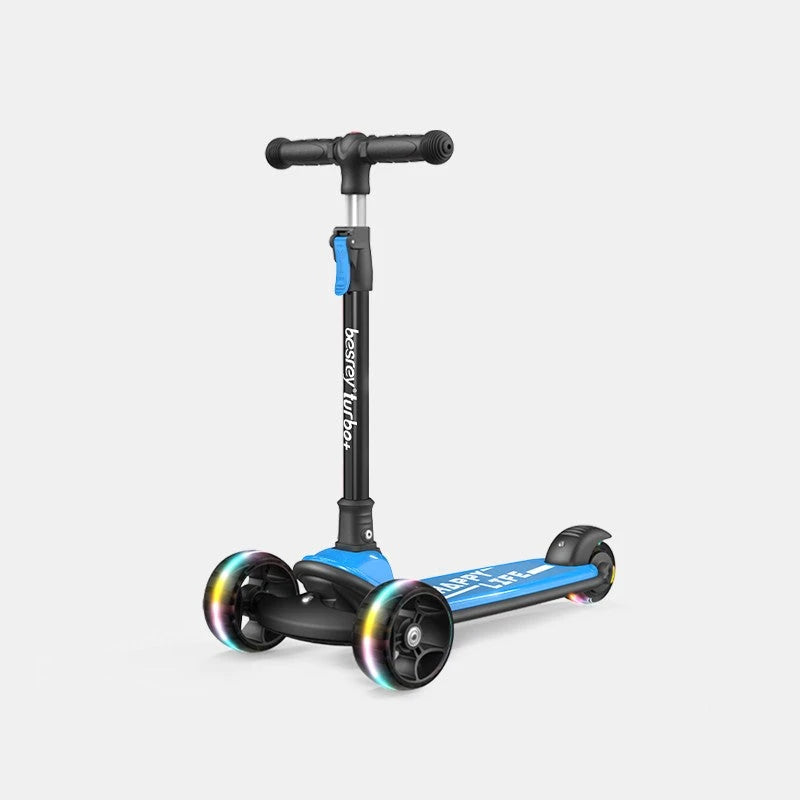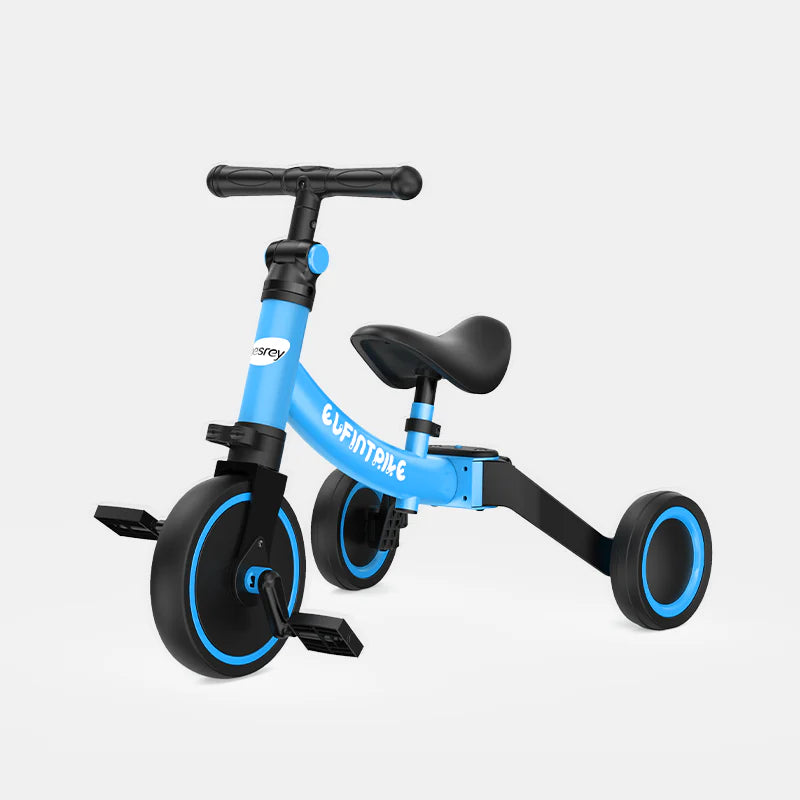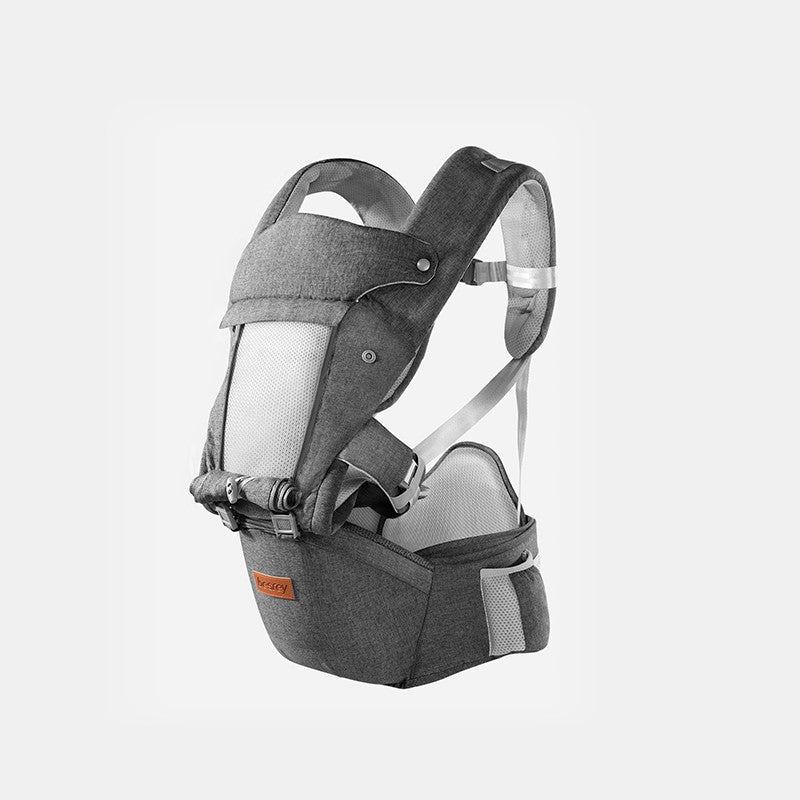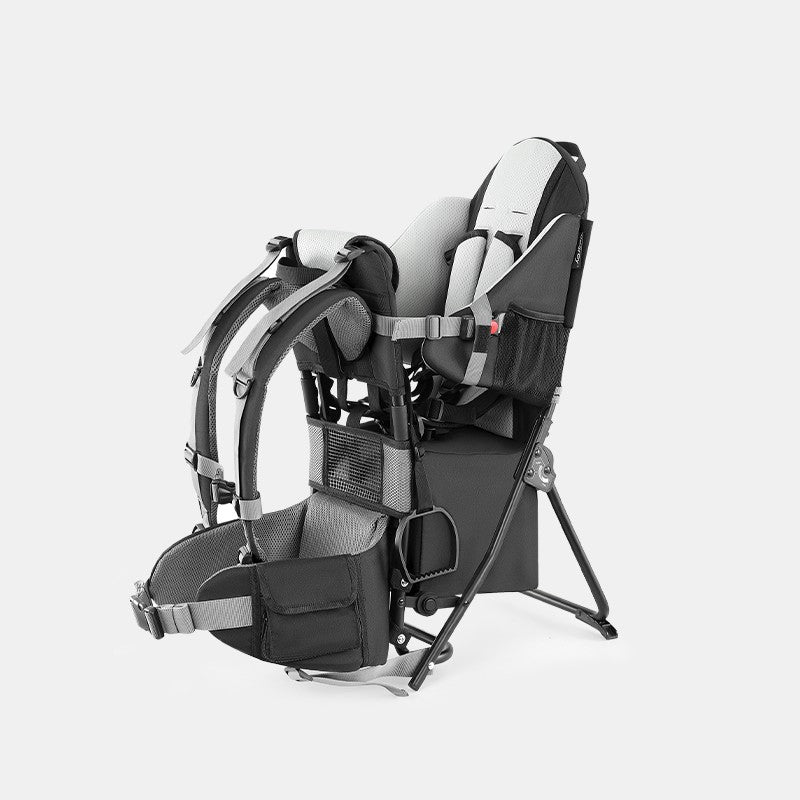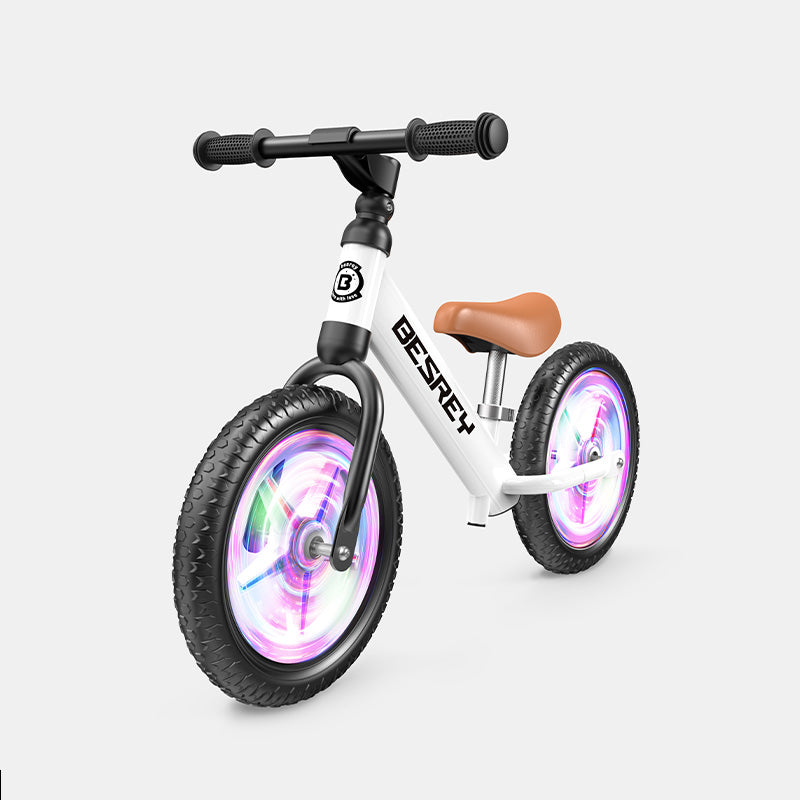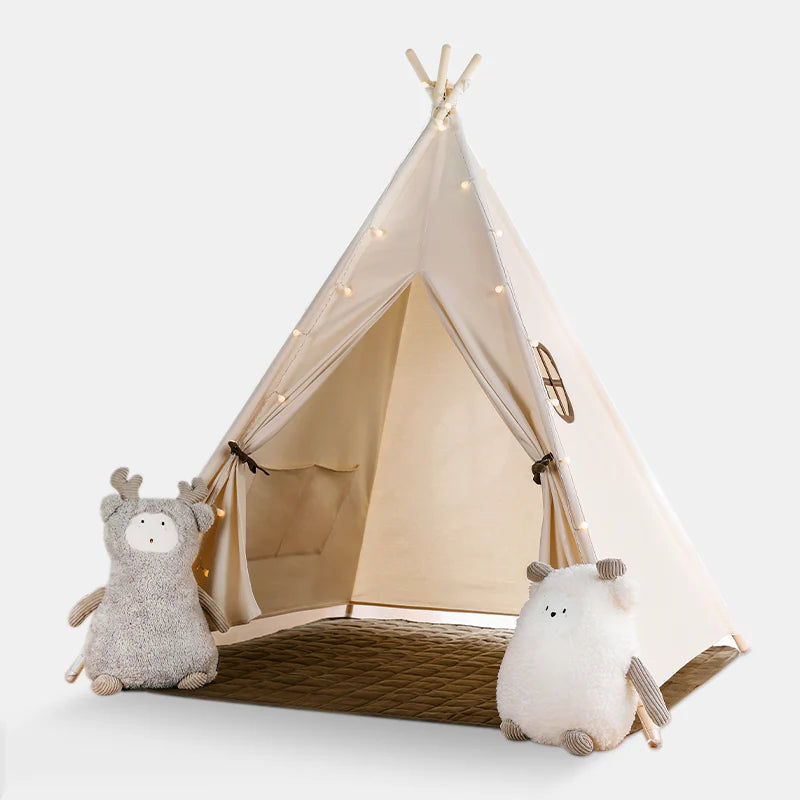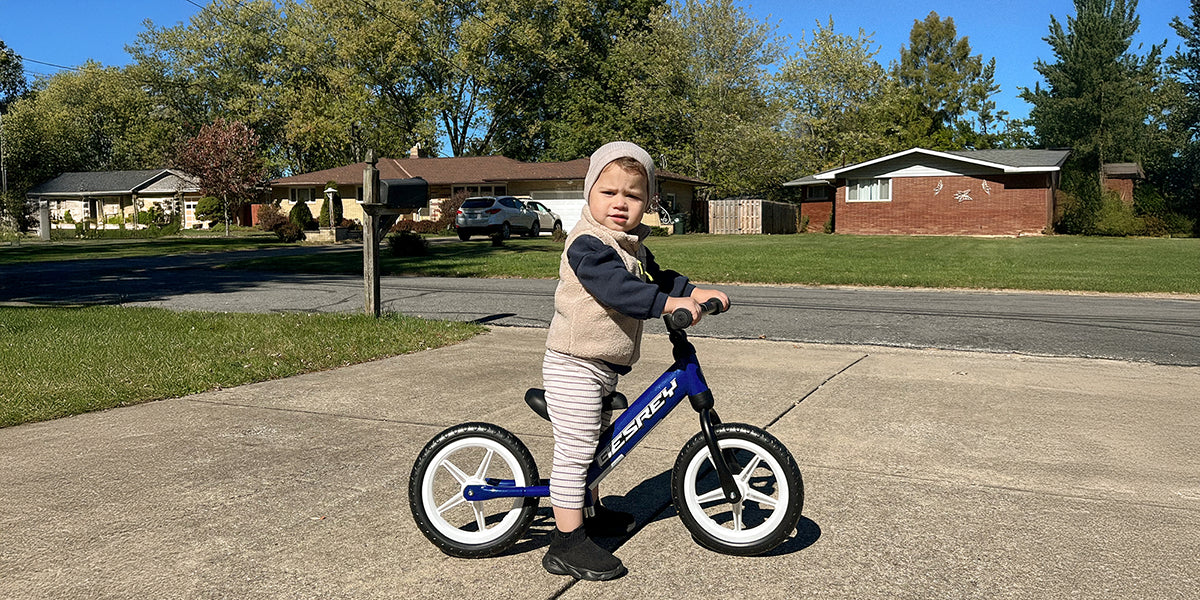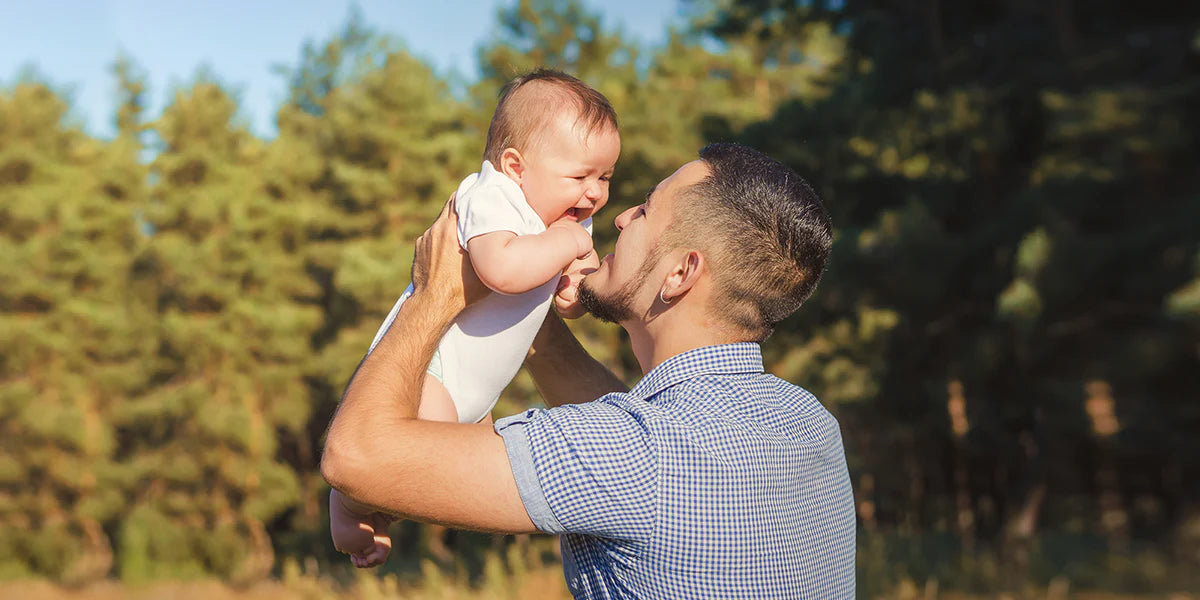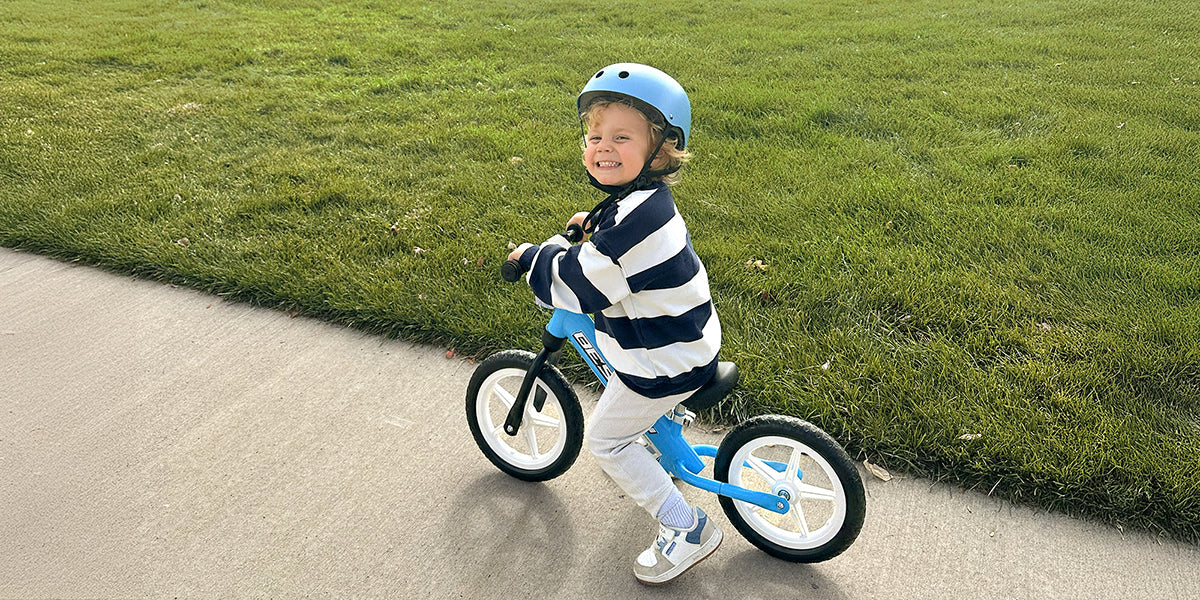Besrey- Oct 28 2025
Differences between children's balance bikes with and without brakes

Why our no-hand-brake, light-up-wheel balance make sense?
Choosing the perfect bike for your child is a decision that, although it seems simple, is fundamental to help motor development. The most recurring questions we ask ourselves as parents are whether to choose a bicycle with pedals or without pedals. In this article, we will review the most important differences of these models and help you choose the best option for your little loved one.
What is counts as a "brake" on a balance bike?
Feet as the default brake
In bicycles without pedals and without brakes, you learn to use your feet as brakes and also as a thrust motor, which greatly favors improving balance and coordination, this makes the child's brain work to improve and perfect these techniques.
Hand lever brake
Some bicycles without pedals have a manual brake, similar to that of normal bicycles. This can be useful for older children, but it needs more dexterity and strength for its correct use, which can be difficult for young children.
With vs. Without Hand Brakes: Key differences
Balance bike without brakes: Lighter, easier and perfect for beginners. Children improve their balance and stop using their feet naturally quite quickly.
Balance bike with brakes: It gives more control, especially for faster children or with previous experience who already feel more comfortable and safe, but it can be a little complicated for small children.
Age & Stage fit: Which type of suits which age?
Children from 2 to 3 years old: Bicycles without brakes are more suitable, since they allow the little one to perfect his balance and coordination focusing solely on that without adding complications by learning to use the brake.
Children from 3 to 5 years old: If the child already has perfected balance and coordination, a bicycle with a handbrake can be a perfect option to add a new skill, this time learning to use the handbrake.
How to teach braking on a no-hand-brake balance bike?
Practice the use of the feet: Show your child how his feet will be his engine and they will decide when to accelerate and when to stop. Show him that lifting them accelerates and placing them on the ground the speed decreases. He has maximum control right on his little feet. Preferably start on flat surfaces and then you can implement a little more mixed tracks.
Positive reinforcement: Be aware of every attempt, improvement or fear and congratulate him for overcoming it, be happy for his small achievements and show him that those are really GREAT achievements.
Why our no-hand-brake, light-up-wheel balance make sense?
Our Besrey Colorful Lighting Balance Bike is perfect for children from 2 to 3 years old. Its features include:
Brake only by using your feet: A natural development of balance is encouraged.
Wheels with colorful lights: They attract your attention a lot and make your learning even more fun.
Lightweight and sturdy design: Easy to handle and provides safety and durability.
Adjustable seat and handlebar: Perfect for growing children making it adaptable over time.
Conclusion
The selection of the ideal bicycle without pedals, with pedals or without brakes depends on the development and ability of your child. For children, a bicycle without brakes is a very viable option to start their learning in the world of cycling. The Besrey Colorful Lighting Balance Bike offers a safe, fun and educational experience
So, when you ask yourself again “Why does my child need a balance bike with brakes?” you will choose the best option.

